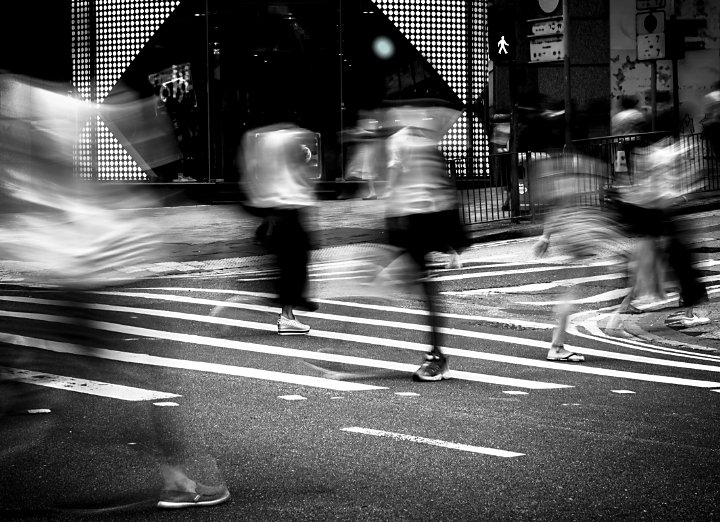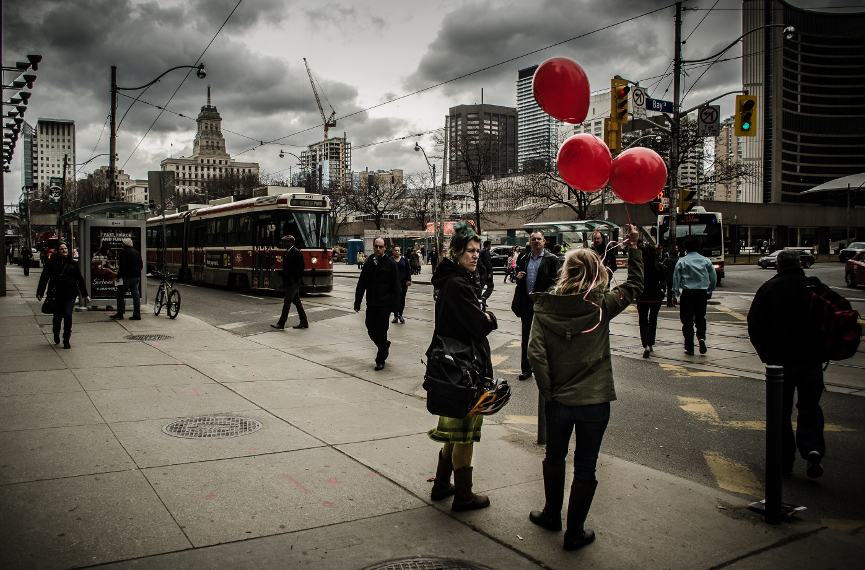3 Simple Techniques For Framing Streets
3 Simple Techniques For Framing Streets
Blog Article
Not known Details About Framing Streets
Table of ContentsFraming Streets - The FactsIndicators on Framing Streets You Need To KnowAn Unbiased View of Framing StreetsFraming Streets Things To Know Before You BuySome Known Facts About Framing Streets.10 Simple Techniques For Framing Streets
Photography category "Crufts Dog Program 1968" by Tony Ray-Jones Road photography (additionally often called candid digital photography) is photography conducted for art or questions that includes unmediated possibility experiences and random occurrences within public areas, typically with the purpose of capturing images at a definitive or emotional minute by careful framework and timing. 
Subsequently his boots and legs were well defined, but he lacks body or head, due to the fact that these remained in motion." Charles Ngre, waterseller Charles Ngre. https://framing-streets.creator-spring.com/ was the first professional photographer to achieve the technological sophistication needed to register individuals in motion on the street in Paris in 1851. Digital Photographer John Thomson, a Scotsman dealing with reporter and social activist Adolphe Smith, published Road Life in London in twelve month-to-month installations starting in February 1877
Unknown Facts About Framing Streets
Eugene Atget is pertained to as a progenitor, not due to the fact that he was the very first of his kind, yet as an outcome of the popularisation in the late 1920s of his record of Parisian roads by Berenice Abbott, who was influenced to embark on a comparable documents of New york city City. [] As the city developed, Atget assisted to advertise Parisian streets as a worthwhile topic for photography.

The Single Strategy To Use For Framing Streets
In between 1946 and 1957 Le Groupe des XV each year displayed job of this kind. Andre Kertesz. Circus, Budapest, 19 May 1920 Street digital photography created the significant web content of two exhibitions at the Museum of Modern Art (Mo, MA) in New york city curated by Edward Steichen, 5 French Digital Photographers: Brassai; Cartier-Bresson, Doisneau, Ronis, Izis in 1951 to 1952, and Post-war European Photography in 1953, which exported the concept of road digital photography worldwide.

Framing Streets - An Overview
The recording equipment was 'a covert camera', a 35 mm Contax hidden beneath his layer, that was 'strapped to the chest and attached to a long wire strung down the ideal sleeve'. His job had little contemporary impact as due to Evans' level of sensitivities regarding the creativity of his project and the personal privacy of his subjects, it was not published up until 1966, in the publication Numerous Are Called, with an introduction written by James Agee in 1940.
Helen Levitt, then an instructor of children, related to Evans in 193839. She recorded the transitory chalk drawings - sony a9iii that became part of youngsters's street culture in New york city at the time, as well as the youngsters who made them. In July 1939, Mo, MA's brand-new digital photography section consisted of Levitt's work in its inaugural exhibitRobert Frank's 1958 book,, was substantial; raw and commonly indistinct, Frank's photos questioned mainstream photography of the moment, "challenged all the formal regulations set by Henri Cartier-Bresson and Walker Evans" and "contradicted the wholesome pictorialism and heartfelt photojournalism of American publications like LIFE and Time".
Report this page